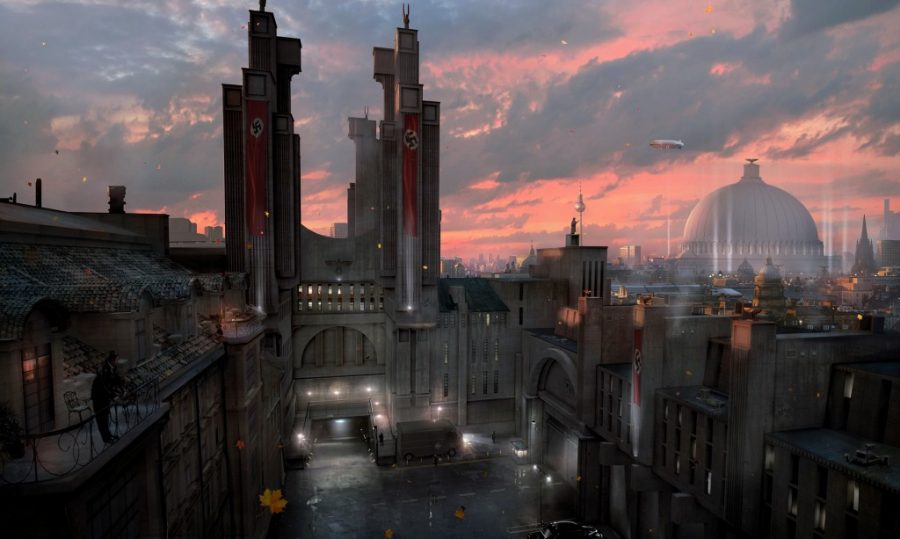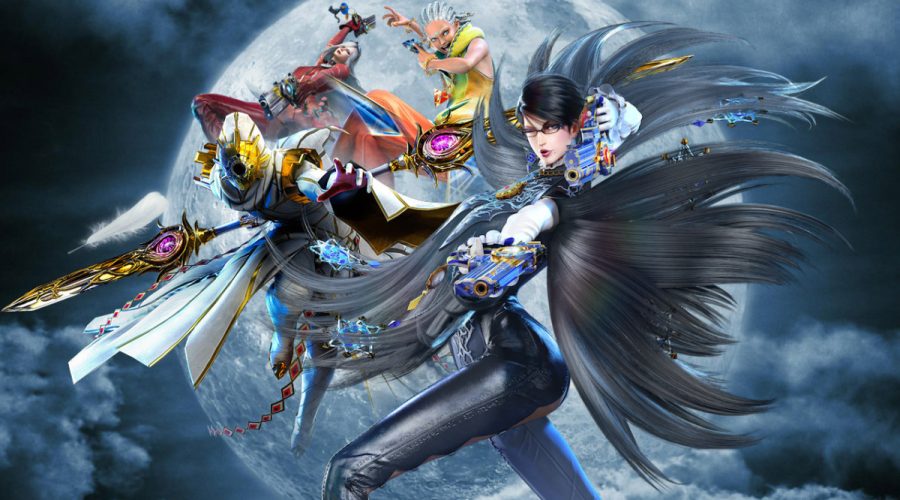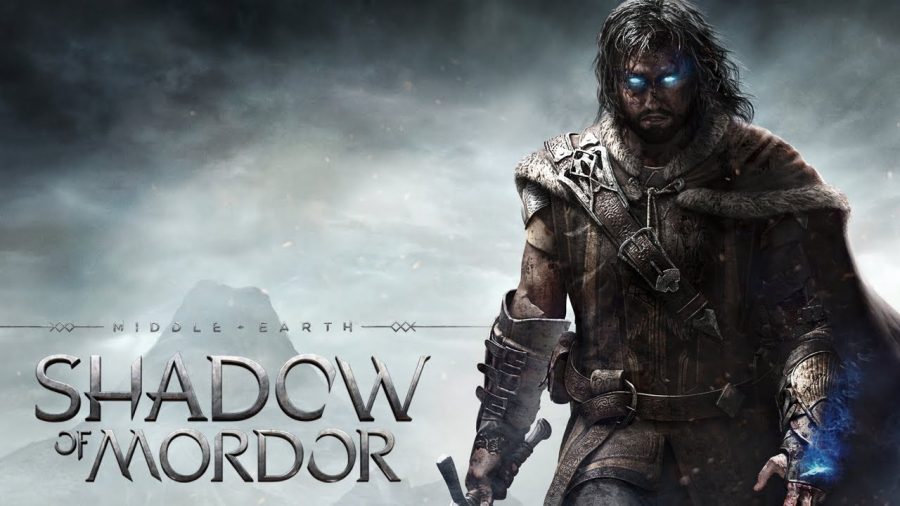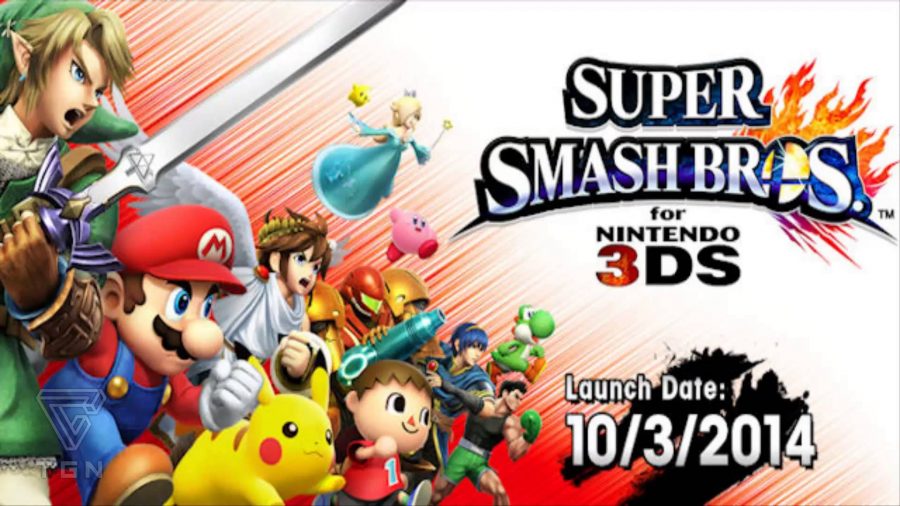
Jake Dubusker ’15
In my last installment of Stalling for Time Between Releases I took the easy route and talked about three games that I liked and thought others would too, but this week I take a slightly different path. The Legend of Zelda: A Link Between Worlds released quite some time ago, and most Zelda fans have already played and formed opinions on it long ago. I only bought it recently though, because while I’m also a big fan of the Zelda series, there were two elements of the game I had heard about and was quite skeptical of, namely the item rental system and the ability to do many of the dungeons in any order, which deserve close examination here in this week’s dead horse-beating session.
It seems that nonlinearity in games is praised by many and calling a game ‘linear’ is some kind of insult, everyone apparently having forgotten Half-Life and Half-Life 2, very linear shooters that are regarded rightly-so as absolute masterpieces. Linearity allows for tight level design and story structure, which is why the ability to play through many of the dungeons in A Link Between Worlds in any order had me dubious. Letting the player choose what order to play the levels in sounds good on paper, but it means they can’t change very much or else the difficulty curve gets severely screwed up. To utterly misquote Benjamin Franklin, “He who trades pacing for gimmicky open-world freedom deserves neither.” Dungeons in Zelda games are often cumulative, using everything you’ve gained so far to get past challenges and puzzles ever growing in complexity, but that’s lost if every dungeon can be done right from the start. However, A Link Between Worlds surprisingly implements it quite well. Every dungeon focuses on puzzles and challenges heavily based around the one item you need for it, like the Ice Rod in the Lava Temple, which means that there’s no lack in variety among the dungeons, and perhaps there’s something good to be said about being able to stop playing through a dungeon you’re stuck on to go do another one. While I am still slightly disappointed that the dungeons couldn’t open up and expand as much as they probably could have with a more linear progression, I was happily proven wrong by the game’s skillful implementation of the dungeons.
The item rental system was the same kind of issue that I thought the dungeon issue would be: the throwing out of steady progression that gradually opens up the world and ramps up difficulty and complexity in favor of letting you load yourself up with everything the game has to offer from the get-go. Renting an item means that you own it until the next time you lose all your health and get a game-over, so unless you play on Hero Mode, it almost means the same thing as buying it permanently. I thought the system would squander the use of all the items, limiting where they would be usable and keeping the difficulty curve rather flat, happily though, I was proven wrong on this point too. Rupees fly out of every single destructible object in the game like they’ve been linked to the black plague and everyone’s deathly scared of holding onto them , so you’ll never be going broke as long as you obsessively mow everyone’s lawns. Being able to load up with nearly every tool in the game right from the start gives quite a lot of freedom, actually. The entire world is opened up and accessible almost immediately due to this, putting a great emphasis on exploration, and there’s something useful to find in almost every plot of land. It also gives you lots of options and adds variety to gameplay; instead of being stuck on a narrow bridge with only a bow & arrow, trapped by a monster with a conspicuously large eye saying “I have no will to live, here is my weak spot, please shoot it,” you’re often thrown into situations with different enemies with varying weaknesses, leaving you to decide whether or not to stun them all with the boomerang or tornado rod, or take them all on with a flame wand and your trusty sword. The game gets very fun very fast because of this; you’re no longer concerned about grinding through the next dungeon so you can eventually get the really fun weapon, instead you venture into the world well-equipped with adventure enticing you at every turn. The whole world is brimming with collectibles and secrets begging to be found, meaning you can spend hours loaded up with a huge variety of adventuring gear just hunting every useful item in sight, which is exactly what an open world game should be.
I don’t usually go so in-depth about the game’s mechanics without giving a general overview first, but I assume most people already know what a Zelda game entails. Princess Zelda gets captured and you, Link, the inevitably chosen hero must retrieve the Master Sword, free Zelda, defeat Ganon whoever it is this time, and ultimately save Hyrule from ruin, all of which are accomplished by going into assorted dungeons filled with monsters and death traps and taking its magical set of plot-significant jewelry. It doesn’t do a whole lot that Zelda games haven’t done many times before, but when I finished it, I was surprised by just how much I enjoyed the game. The new ability to merge onto walls and move along them on a 2D plane added quite a bit of life to the usual dungeon routine as well as the whole game world in general. After I finished the game, I immediately started a new game on Hero Mode, which is completely unprecedented for even my favorite Zelda games and just games in general. I didn’t want to be done with the game because it was so fun playing it, and that should say it all.
Categories:
Weekly Video Game Review: The Legend of Zelda: A Link Between Worlds
September 16, 2014
More to Discover









